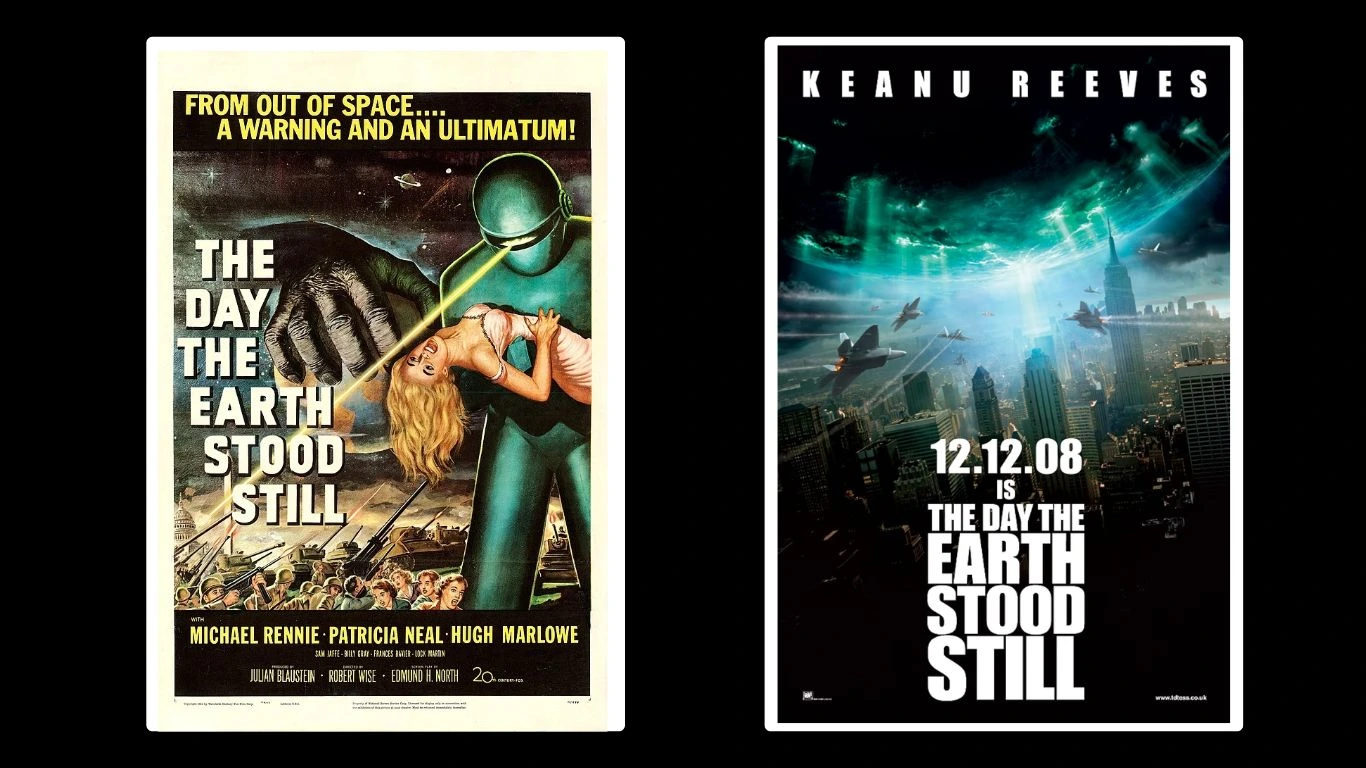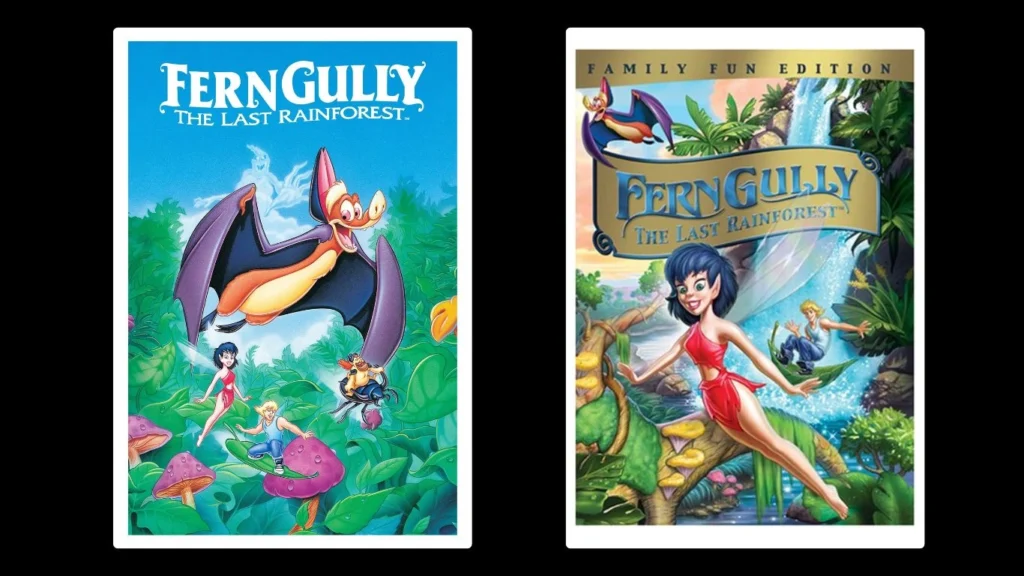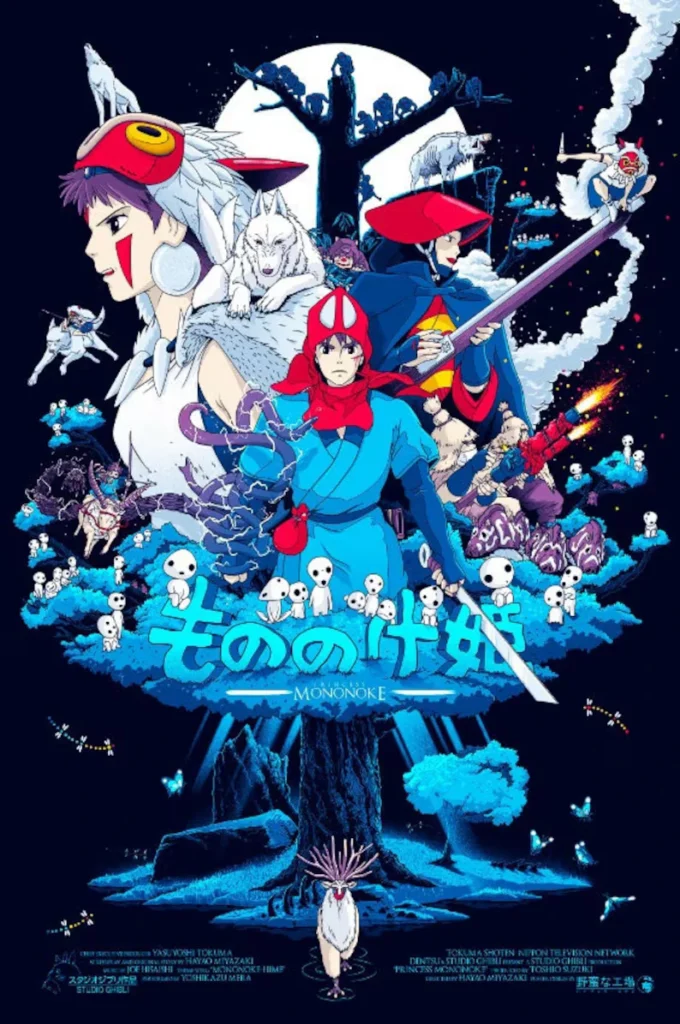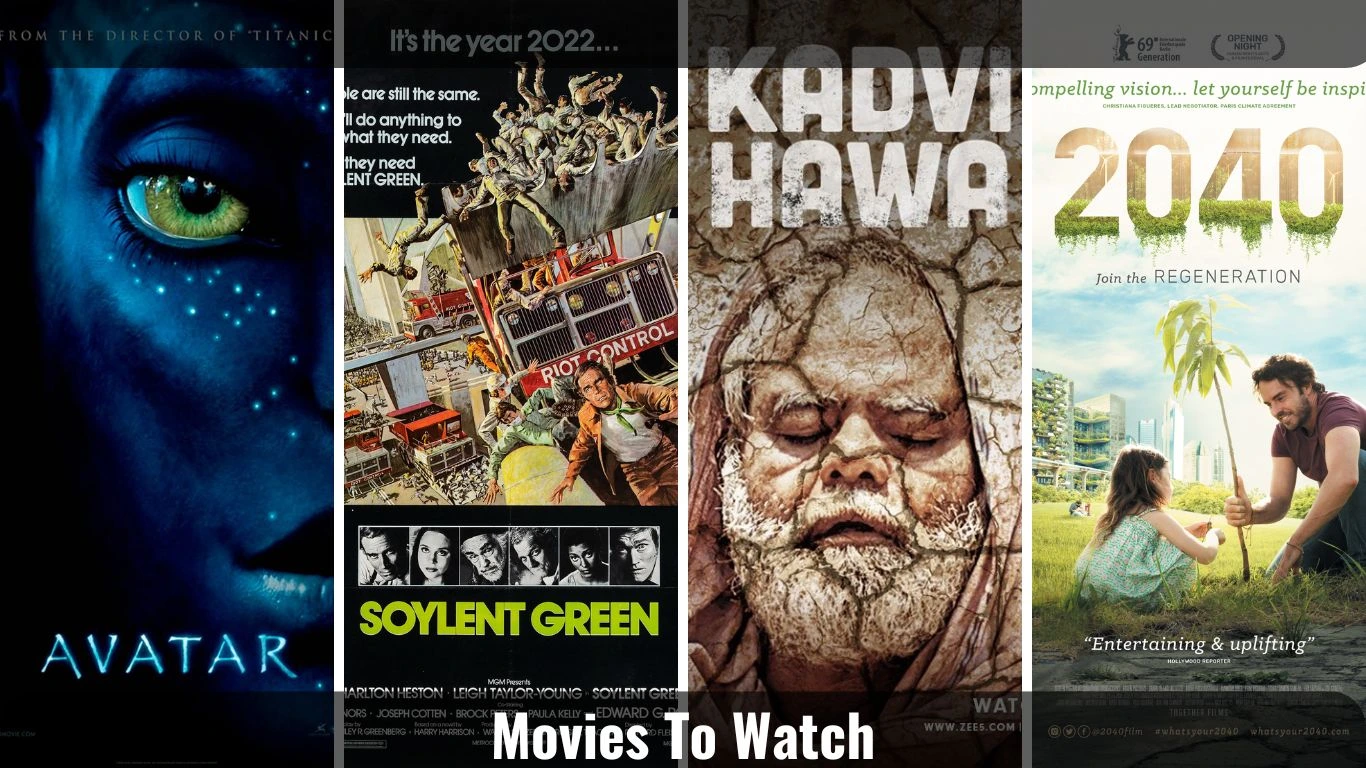Introduction
As the planet warms up due to global warming, discussions on climate change grow hotter by the minute. International summits, conferences, global policies, national pledges, corporations, scientists, activists, artists, and many others open numerous dialogues and concerns revolving around present environmental issues. In this landscape, films contribute greatly to the cultural and social understanding of the crisis. The visual exploration of ideas, scenarios, stories, and imaginary futures adds depth and nuance to the topic of climate change. They can be a powerful medium to trigger conversations, spread messages, play out situations, and raise global awareness of the issue. Here are 10 movies with scenarios that deal with nature, the environment, and the climate crisis.
10. 2012
2012 is a movie that does not pull back its punches when showing the violently brutal and impersonal side of nature. Not so meek and mellow is nature—neither pastoral nor gentle, and certainly not something to be conquered by human industry. No, 2012 shows nature playing a no-holds-barred game against humanity, attacking it relentlessly with earthquakes, volcanic eruptions, tsunamis, and global flooding. It’s a fierce and unconquerable force unleashing its fury upon humanity and destroying it to the core.
While it is not strictly based on human-induced climate disasters, 2012 does explore various nuanced angles, such as the government using the military to cover up nature and biodiversity loss while keeping the public in the dark. The rich and high-class citizens have the option to buy their way out of the calamity, while the poor are left to resist, adapt, and rot. 2012 is a visual depiction of environmental disasters taken to their extremes, showing how Earth can become inhospitable for all of humanity.
9. The Day The Earth Stood Still

Blinded by greed, when human beings continue exploiting Earth’s natural resources, they push the planet to the brink of no return. Ultimately, an intervention from aliens forces humanity to confront their reality and reflect on their ways of being. Unfortunately, there might be no way back for humanity, as the ecologically aware, technologically superior alien species deem human beings too destructive for the planet and may wipe them out completely.
The Day The Earth Stood Still, released in 2008, is a remake of the 1951 movie of the same name, which is itself adapted from the short story Farewell to the Master. It employs the common sci-fi trope of reflecting on broad social themes through the lens of an outsider.
In this case, an alien acts as the mouthpiece for critical reflection on the global human condition and behavior. As human beings pursue their aggressive, capitalistic approach to expansion and material possession, they end up destroying the planet and all its ecosystems. The characters and the portrayal of the alien species as technologically superior and eco-conscious entities suggest the idea that perhaps there can be no development without nature. The aliens are superior not because they have cooler technology but simply because they understand the relevance of nature in life.
8. FernGully: The Last Rainforest

Set in the exotic rainforests of Australia, FernGully: The Last Rainforest explores the conflict between humans, nature, and wildlife. Continuous human expansion results in wide-scale deforestation, destroying ecological habitats and leading to species extinction. As the magical fairy characters grapple with the reality of the human-nature conflict, they seek ways for humans to coexist with nature and wildlife.
The film explores important themes through the magic and fantasy genre, reflecting on the impact of anthropocentric attitudes on nature and life in general. Set in the magical rainforest, the film’s flashy and vibrant characters are suitable for children and young adult viewers. However, the underlying concern for the environment and nature invites reflection and deeper understanding from all.
7. Soylent Green
Released in the 1970s, Soylent Green presents a future world of 2022, where global warming, overpopulation, and pollution have triggered an ecocide. Planet Earth is dying—losing all its resources—and human civilizations are pushed to the brink of annihilation. People are at each other’s throats due to a food and water shortage coupled with a lack of housing and general chaos.
On top of this, the evil corporation Soylent bags all the resources, creating a strong rich-poor divide and continuing to manipulate the public by controlling resources.
In such a setting, a murder sets some detectives off to discover even more horrible secrets about evil corporations and the inevitable destruction of the world.
The imagined dystopian future of the 21st century openly critiques corporate manipulation and expansion in pushing the world to the brink of collapse. The food and water crisis, along with other conflicts in the fictional narrative, also highlights the far-reaching consequences of environmental disaster.
The film aptly portrays that the miseries created by climate change won’t just be limited to ecological destruction but will shake the very foundation of human civilization. What’s scary about Soylent Green is that the chaotic dystopian future of 2022 might as well prove to be real if climate change goals are not met on a global level.
6. Avatar
A billion-dollar blockbuster franchise by James Cameron, Avatar is a fantastical exploration of lush alien landscapes that face threats of ultimate annihilation due to human intervention and expansion. Avatar is a visually stunning representation of an ecologically rich landscape. But in its backdrop lies the all-too-familiar and typical trope of environmental degradation triggered by aggressive human development and expansion.
Having destroyed and plundered their own planet, human beings set out to mine the moon Pandora in their quest to control and obtain all the resources of nature. In the process, they end up brutally wiping out an entire ecosystem, killing species to the point of extinction, and disturbing the natural rhythm of a living planet.
Avatar is an interesting take on the human-nature conflict and beautifully represents the interconnectedness and sanctity of nature and the environment. Even though the fictional narrative explores the theme of brutal colonial expansion and wipeout in fantastical settings, the possibility of its reality feels all too close to home.
5. 2040
Probably the only movie on the list that focuses more on solutions, hope, innovation, and the human spirit to tackle a worldwide crisis, 2040 is a visionary imagination of what the future could look like when climate change is solved.
Based on facts and hopeful visions, the movie explores various practical solutions such as renewable energy, climate technology, modern policies, and global harmony in tackling climate change. It is a positive approach to viewing the crisis not as a threat but as an opportunity for change—a change on both global and individual levels. 2040 is a narrative of hope, highlighting various solutions that can help stop climate change.
4. Princess Mononoke

Princess Mononoke comes from the creative mind of the visionary film director Hayao Miyazaki. It is an exploration of the eternal nature-culture divide, set in the magical world of the fantasy genre.
The story focuses particularly on the conflict between nature and human industrialization. The protagonist finds himself in the midst of a war between the gods and spirits of nature and human beings who destroy natural habitats to mine for resources. It prompts reflection on the human potential for relentless destruction, overproduction, and the weaponization of products.
Princess Mononoke is an engaging fantastical narrative of the protagonist striving to achieve a balance between natural life and human development. It serves as a gentle reminder of the human destruction brought upon natural landscapes.
3. Kadvi Hawa

Kadvi Hawa, directed by Nila Panda, features an organic and poignant depiction of a dry and destitute land in Mahua, made barren by drought and the lack of rain. Through its haunting and well-performed characters, the movie dramatizes the nuanced consequences triggered by climate change, such as displacement, disruption, emergencies, communication breakdown, crop failure, economic loss, farmer suicides, and loss of life. Not glaringly obvious or alarmingly loud, it delivers a subtle message about the far-reaching consequences of climate change as it begins to pervade every single aspect of life. Kadvi Hawa is a must-watch to understand how our climate, weather, and natural surroundings impact our lives in every way possible.
2. The Lord the Rings
Set in the mythical, fantastical realm of Middle-Earth, created by J.R.R. Tolkien, The Lord of the Rings is an exhaustive exploration of the influence of evil in human life. Spanning a wide timeline of three ages, the epic fantasy narrative delves into many aspects of evil, one of which is the blatant disregard for and destruction of the environment in the battle between good and evil. In one scene, when asked about which side the speaking tree is on, the wise character responds, “I’m on no one’s side because nobody is on my side.”
The Lord of the Rings opens up the typical binary conflict between human industrialization and the tactical removal of nature for resource mining and possession. One of the evil characters is forging the machinery of war and must destroy all the trees to fuel the furnaces and forge the iron blades to prepare for battles and destruction. Amidst wars, battles, and the politics of the world, The Lord of the Rings subtly highlights environmental destruction and degradation as human beings (and other species) continue their struggle for survival.
1. Interstellar
Interstellar is one of the most famous epic sci-fi narratives from Christopher Nolan—a glorious audio-visual experience with climate change as the underlying basis for the plot. The story rests upon a fundamental environmental and climate problem, as humanity faces extinction due to blights, dust storms, and other severe climate disasters.
Through its setting, the film explores the unavoidable impact of climate change on human life and how it alters every single aspect of existence. It highlights climate change not just in terms of environmental disasters but also in terms of its far-reaching implications. Farmers are more needed than engineers and scientists simply because the world has no food. The film subtly portrays various climate change-induced problems such as displacement, migration, dislocation, economic loss, altered lifestyles, and a prolonged global crisis, as all scientific communities launch desperate measures to save human civilization from mass extinction.
Conclusion
Also Read: Books on Climate Change
Climate Change is a contemporary 21st-century problem with numerous facets, angles, areas, and implications. It is an ongoing crisis demanding complete involvement from everybody to understand, mitigate, and solve it. Films enable aesthetic articulation of the crisis, helping to raise awareness, visually depict situations, and send messages of hope through art and creativity. The list is not exhaustive as many other films explore the nuances of climate change in different ways.






